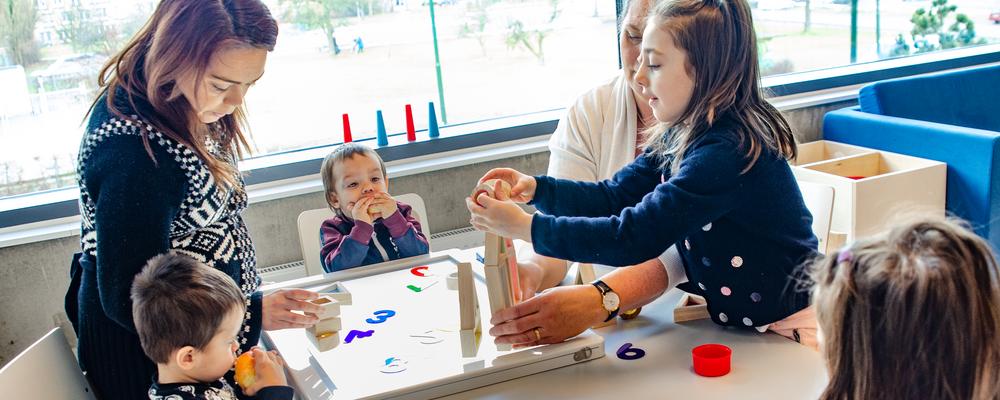Ann-Charlott Wank has studied how preschool children make meaning of conversation – i.e. how children acquire new knowledge in conversation with other children and with teachers. The analysis was based on 20 hours’ worth of conversations filmed at two different preschools.
“Children’s meaning-making is a multidimensional process that is determined by the interplay between the child’s previous experiences, the social interaction at the preschool, and the norms and approaches prevalent at the preschool”, explains Ann-Charlott Wank.
Children make meaning of different content
The study describes different situations that illustrate the nature of this process. One of these concerned a teaching activity, where the teacher recited the fairy tale of The Three Billy Goats Gruff, using pictures. The purpose was to discuss the moral questions raised by the story, and Ann-Charlott Wank could see that the children learned different things.
Some of the children developed knowledge of the moral content, while one developed knowledge of the meaning of a specific concept. One child chose to remain silent in the hope that this would lead to them being able to help the teacher to take down the pictures. Another of the children focused on the aesthetic content, and remarked: “how beautiful and soft the pictures are!”
“One important conclusion of the study is that, if we want to understand how a child makes meaning of things at preschool, we must consider the child’s previous experiences, their social and cultural environment and the content it provides, and how these combine with the experiences the child has at the preschool.
Focus on teaching
In recent years, there has been an increased focus on teaching in preschools. In the revised curriculum for preschools that entered into force on 1 July 2019, the concept of teaching is given greater prominence, and the expectations of what children are to learn in different fields of knowledge are specified more clearly. This tendency was also evident in the two preschools featured in the study.
A cognitive and linguistic form of knowledge was often at the fore – meaning that the children learned about factual knowledge and how to develop their language. However, this was interwoven with care-oriented and social forms of content, such as showing consideration to others, understanding rules, reaching agreement, and so on.
Teachers’ competence is of crucial importance
The study shows the importance of teachers’ knowledge and competence.
“When the teachers are present and attentive, and when they have awareness of children’s different experiences and needs as well as of the content areas of the curriculum, this creates good conditions for sense-making conversation. The study also shows the importance of an educationally stimulating learning environment, in the form of educational material, and interaction and communication with other children and adults.”
Contact: Ann-Charlott Wank, telephone: 076–195 97 59, email: lotta.wank@hb.se
